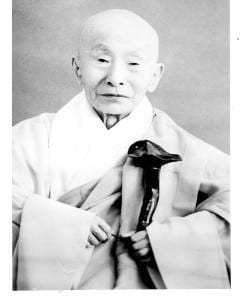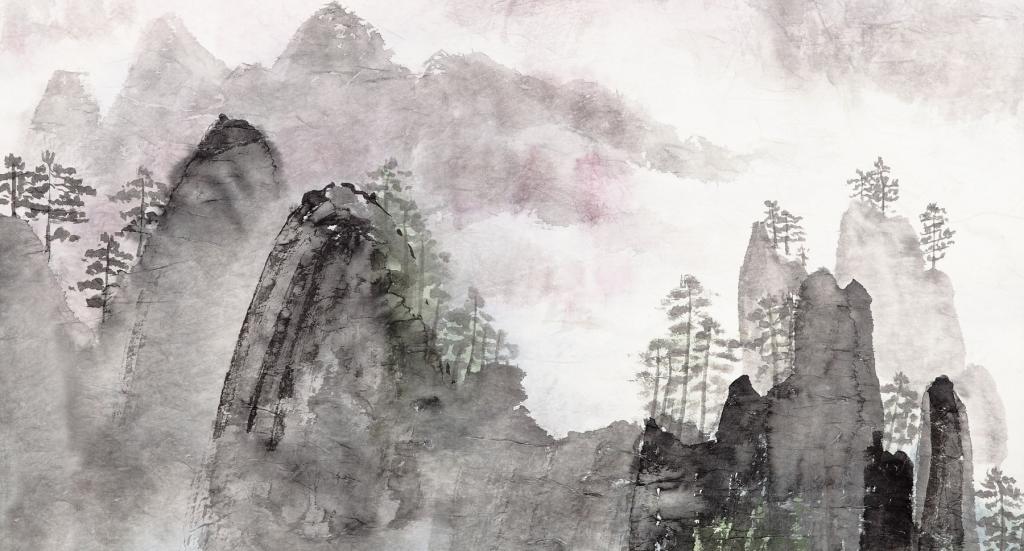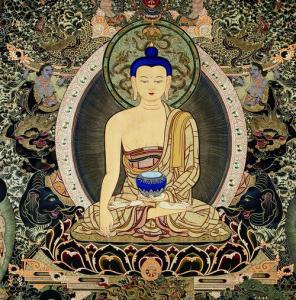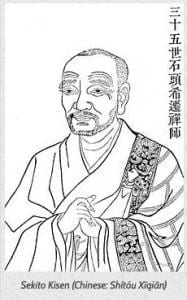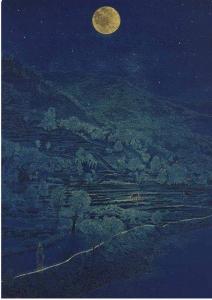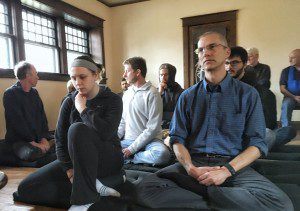When I was training at Bukkokuji Zen Monastery in Obama, Japan, on the twelfth day of every month, we all took a short walk around the bluff to a small hermitage that lay a short distance outside the wall of our neighboring monastery, Hosshinji, to perform a memorial ceremony at the retirement home of the late Harada Daiun Sogaku (大雲祖岳, Great Cloud Ancestral Huge Mountain, October 13, 1871 – December 12, 1961). The hermitage was a place of lingering radiance.... Read more

